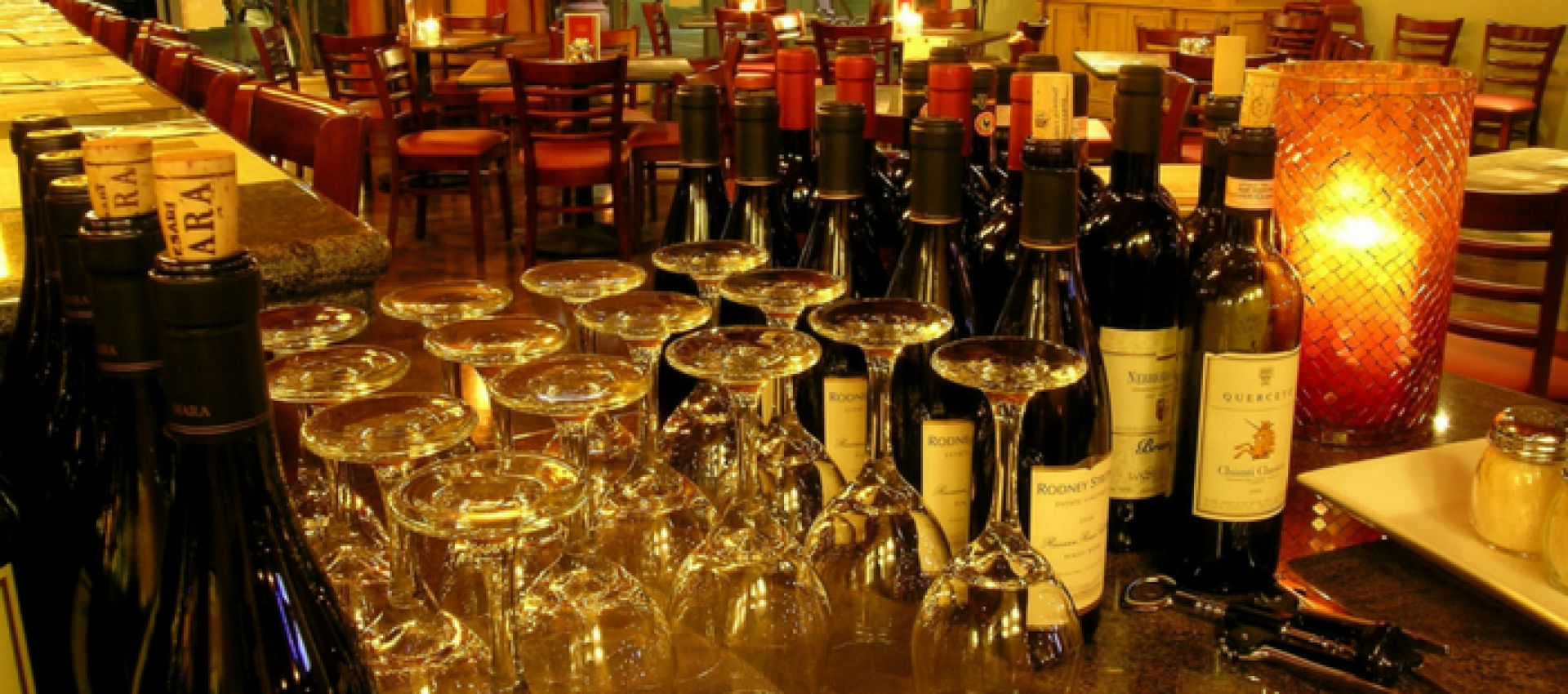
Insights
Thin-Skinned Varietals For Every Restaurant's Wine List
Here are pairings for five popular thin-skinned Varieties that should be featured on every restaurant’s wine list.
Thin-skinned red grape varieties are the most versatile to pair with foods and are great offerings on any wine list. Light-skinned often means paler-colors, but not necessarily lighter-bodies. In fact, some of the most exciting wine and food marriages are best enjoyed with wine made from thin-skinned grapes. These delicate fruits manifest themselves are pale-colored wine due to lower anthocyanins - the chemical compound responsible for color and some flavor in the wine. Thinner skins sometimes - not always - mean slightly less tannic grip in the mouth.
Pinot Noir
A widely appreciated grape variety that hails from Burgundy and Champagne. The best Pinots are light to medium-bodied with refreshing acidity (due to their propensity to thrive in cool climates), but some (from New Zealand or Sonoma County in the USA) are slightly riper, juicier and fantastic with red meats and even meaty fish like tuna. The classic food pairing with Pinot Noir is a duck. It goes marvelously with dishes centered around mushroom too.
Nebbiolo
A thinker’s grape that is pale in appearance and takes on a slightly brick-brown hues after a mere 5 to10 years of age giving the impression of a much older wine. However, the light color is in contrast to the firm, chalky tannins of this grape in the mouth. It is also highly perfumed (‘roses and tar’ is the age-old association one makes with Nebbiolo’s aroma) and produces some incredibly complex, age-worthy wines. The famed Barolo and Barbaresco from Piemonte in Italy are produced from 100% Nebbiolo.
Gamay
Quite the opposite of Nebbiolo, this is a delicious, tutti-frutti red grape that makes the famed red wines in Beaujolais that are generally made to be drunk young and fresh. The best examples of Gamay gain a bit of palate weight and complexity when put in oak, but the grapes have to be of very good quality for this, otherwise, the wines taste out of balance. As a rule of thumb, drink Gamay within a year or two of bottling. Best with charcuterie, roast chicken or just with tapas.
Mencia
A Spanish grape variety gaining popularity outside of Spain due to its Pinot Noir-esque freshness and complexity. For such a light and fresh young wine, this wine surprisingly benefits from 2-3 years of maturity, but really it’s best enjoyed young. It hails from the north-west of Spain - the appellations of Bierzo and Ribera-Sacra and often shows hints of spice and perfume. A great alternative to Pinot Noir or Nebbiolo due to its approachability.
Sangiovese
Quite possibly the most versatile red grape in Italy, Sangiovese is king, sanin Tuscany, where is used to produce the famed wines from Chianti, Montalcino (Brunello), Montepulciano as well in Super Tuscan blends. Sangiovese, though thin-skinned, often produces dark wines, primarily as a result of blending with thicker-skinned grape varieties. Nevertheless, the presence of Sangiovese manifests as an aroma of tea leaves, and flavors of sour cherry and spice. Acidity is medium to high, so the wines are quite mouth-watering, making them perfect with red-sauce pasta. Young, simple Sangiovese is a great picnic wine and a good wine to drink throughout a meal in a restaurant.
Become a USATT exhibitor and grow your distribution in the USA. Meet importers, distributors, retailers and press. Get exhibitor information here.


